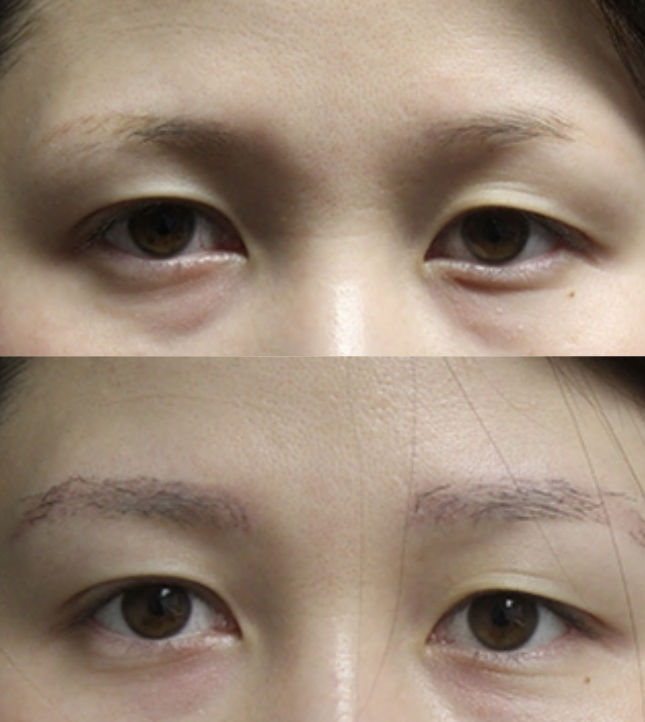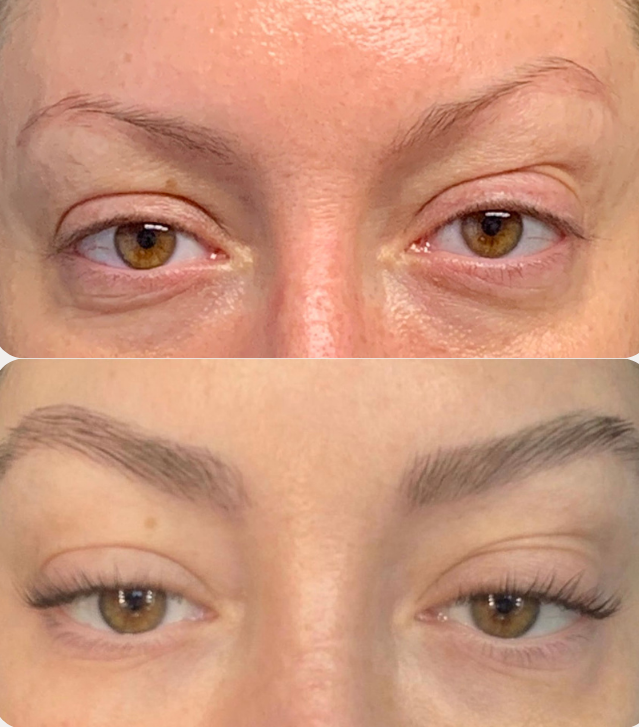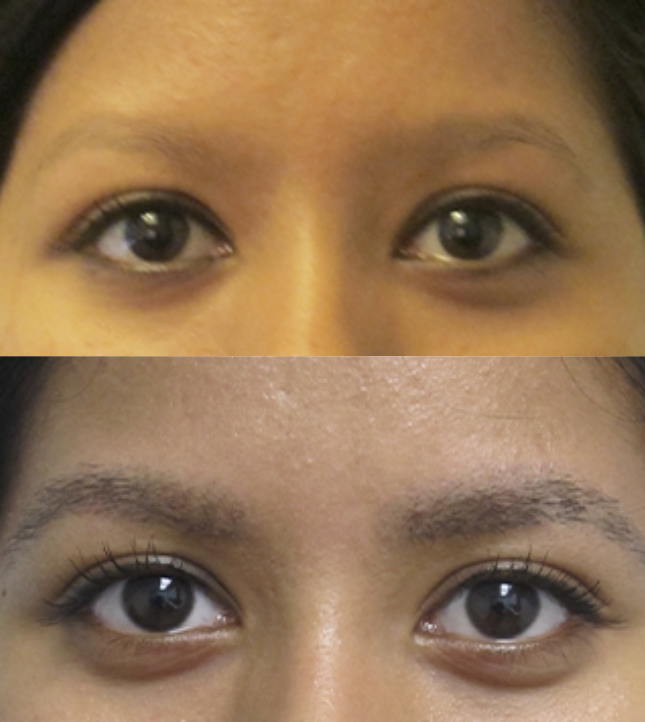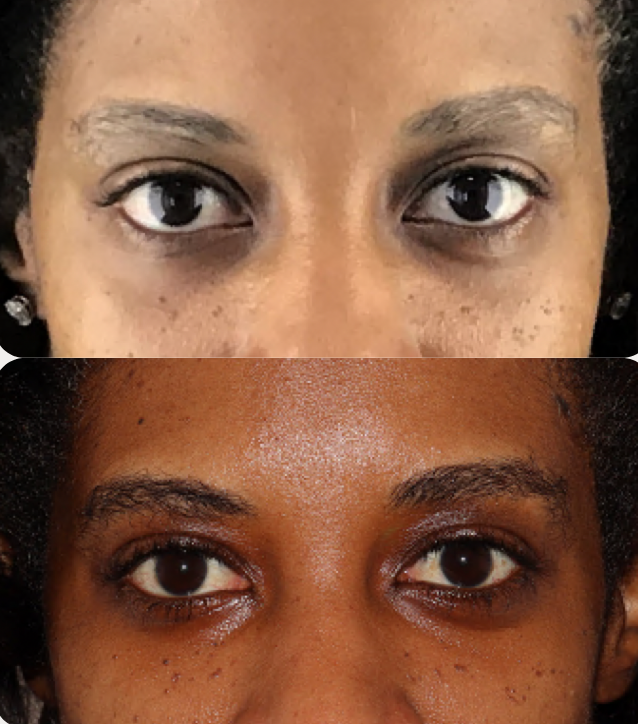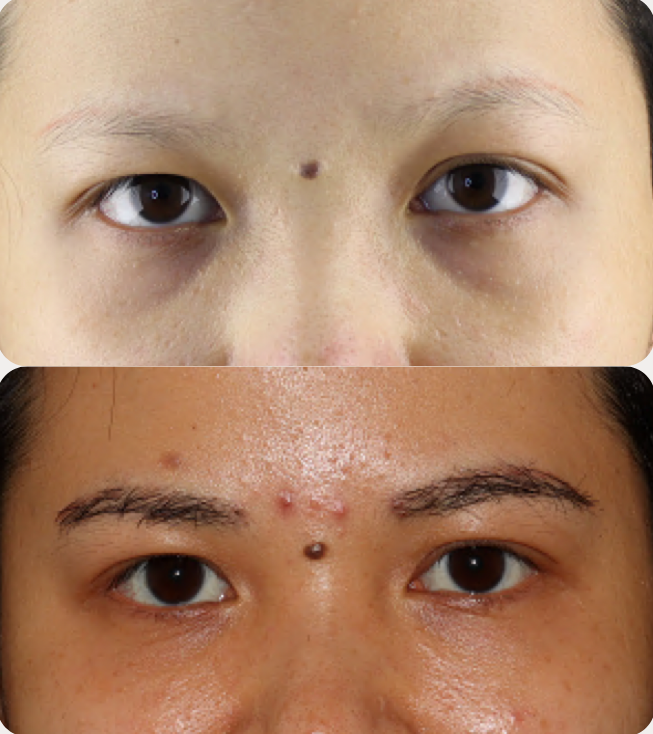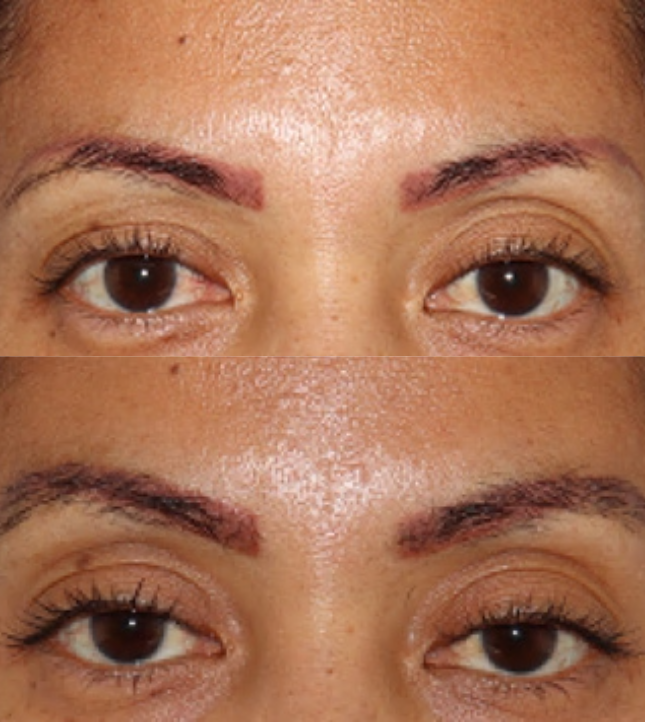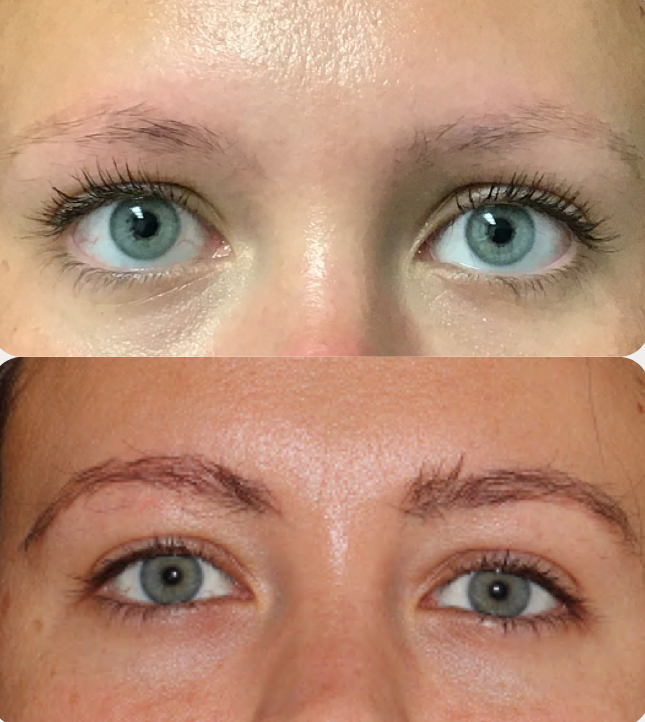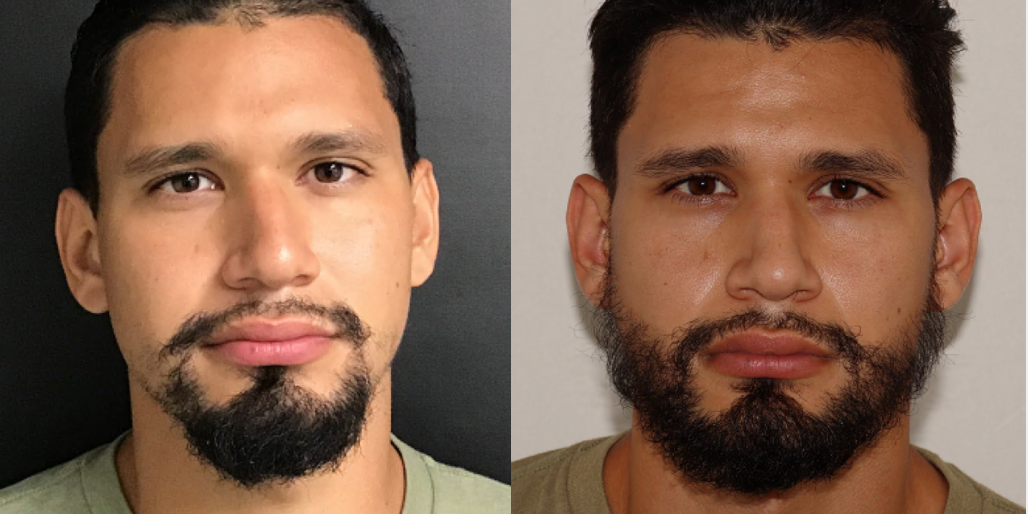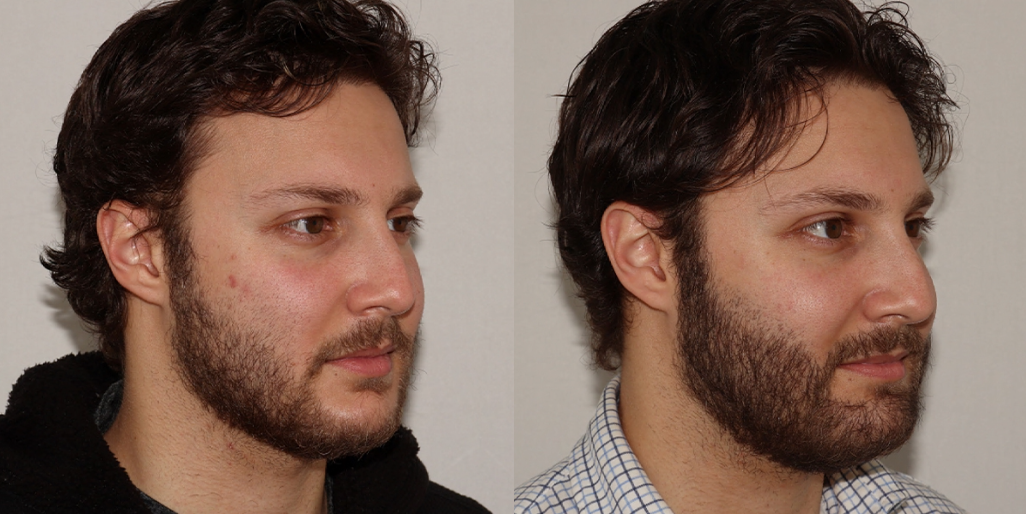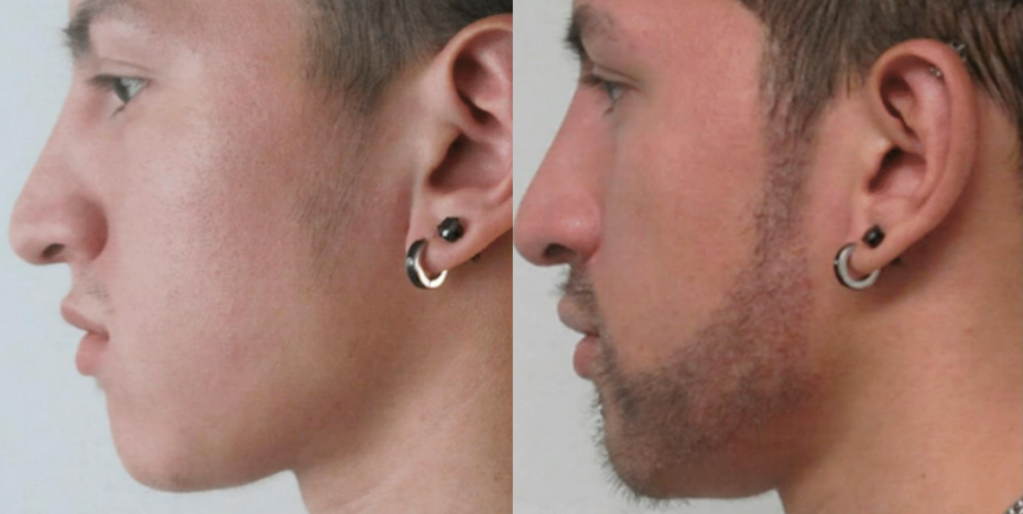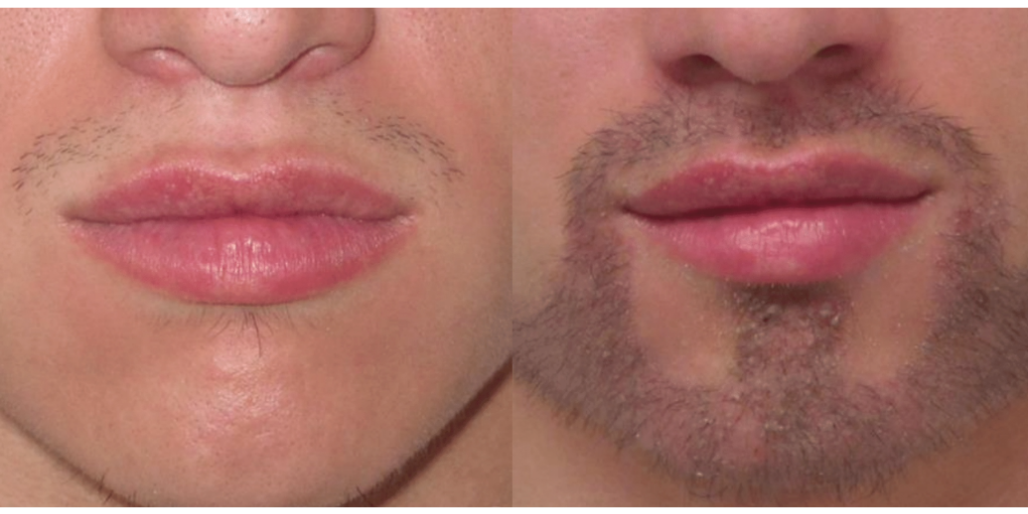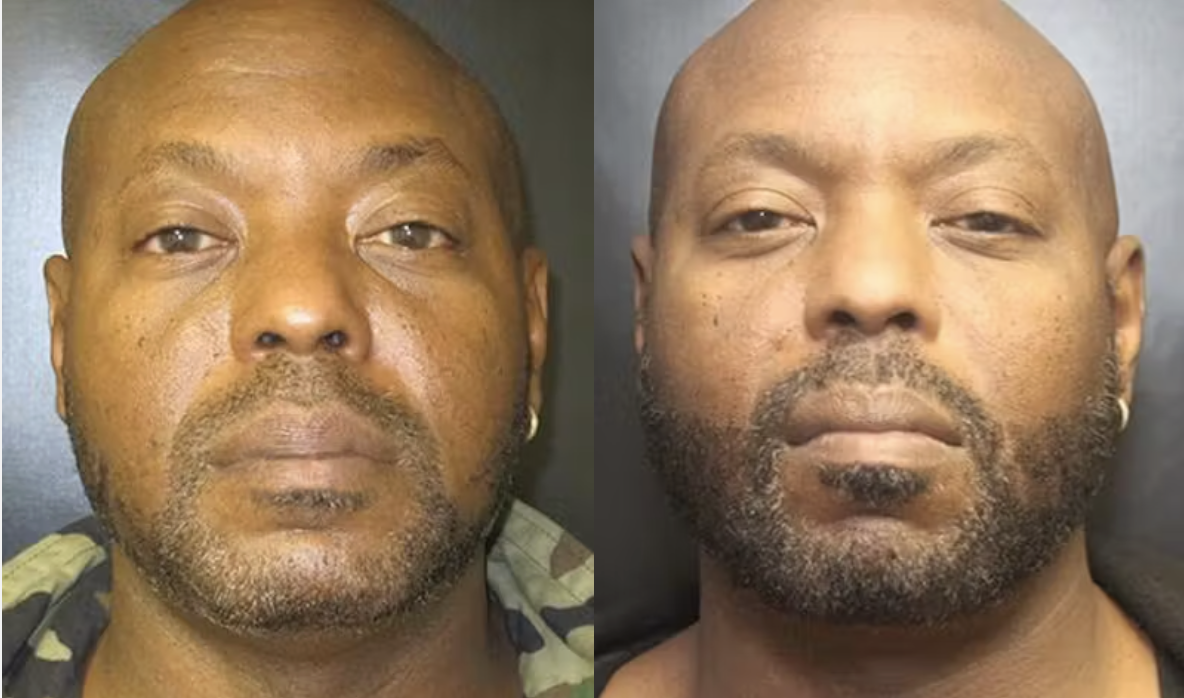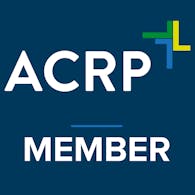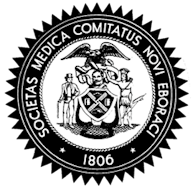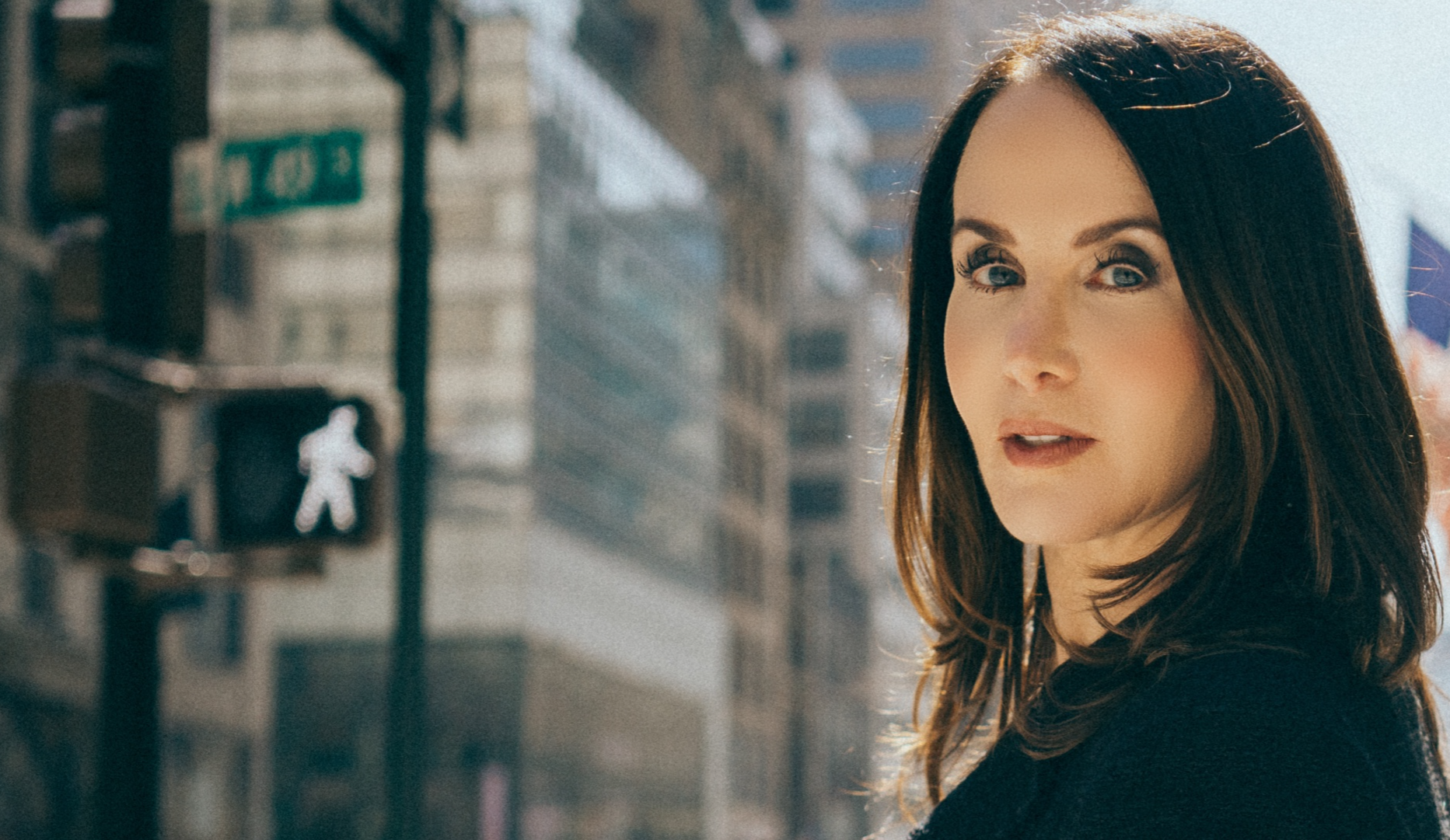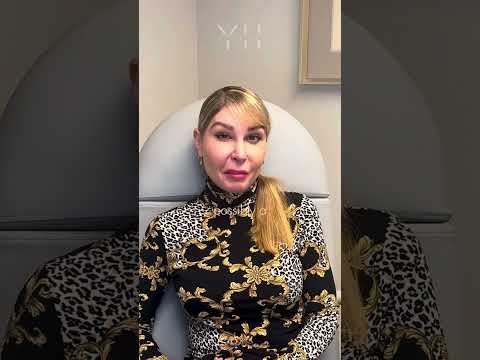SPECIAL OFFER! REFERENCE CODE YH25 TO RECEIVE 25% OFF SURGERY WHEN YOU PAY YOUR DEPOSIT SAME DAY AS CONSULTATION!
*Offer valid through July 31st 2025
About Facial Hair Transplants
Popularity for facial hair transplants has recently spiked. This surgical procedure makes eyebrows, eyelashes, beards and mustaches look thicker and less patchy, enhancing the overall appearance of the face.
As the number one female hair restoration surgeon on the East Coast — and as a professional who has dedicated over 20 years to offering patients the best care in hair restoration — Dr. Yael Halaas is happy to offer facial hair transplants at her NYC and Westchester area practice. Providing both partial and full facial hair transplants, depending on the patient’s goals. The surgery is meticulously performed under Dr. Halaas’s skilled hands, with great detail in creating a natural look.
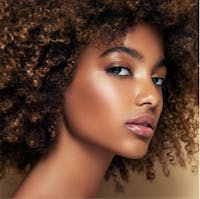
What can a facial hair transplant accomplish?
- A full beard can be created
- Facial scarring or a birthmark can be hidden
- Patchy areas can be made thicker
- Hair asymmetry can be corrected

Ideal candidates for facial hair transplant
If you’re in the Westchester or NYC area and you’re considering an facial hair transplant, you may be a perfect candidate. Men and women of any ethnic background who want to increase their facial hair (eyebrows, eyelashes, mustache, or a beard) are candidates for a facial hair transplant. Those who are ideal candidates for this procedure are individuals who:
- Have genetically sparse or patchy facial hair
- Over-plucked or over-waxed their eyebrows and damaged the follicle
- Have not undergone microblading
- Have not undergone permanent makeup on their eyebrows
- Understand that the hair transplant process is gradual
Where does the hair come from?
Like other hair transplantation techniques, the hair for facial hair transplants comes from the back of the head.
The “strip” method (called follicular unit transplant or follicular unit grafting) involves removing a small strip of hair-bearing scalp, which is then closed as a fine linear scar which is eventually hidden by the surrounding hair.
The follicular unit extraction method involves shaving a small area of the posterior scalp and individually removing each follicular unit, which contain about four hairs each. This method is relatively scarless, since there are no linear scars or sutures. With both methods, the individual hair grafts are then delicately implemented one-by-one into the areas where hair is needed.
Contact Us
As the number one female hair restoration surgeon on the East Coast, Dr. Halaas is able to help men and women who are experiencing hair loss find the right treatment for their specific needs.
Dr. Halaas for facial hair transplants in NYC
If you’re in the NYC and Westchester area and you’re interested in facial hair transplants, you’ve come to the perfect surgeon. Not only is hair restoration one of Dr. Halaas’s areas of focus; she’s also double board-certified, and is the number one female facial plastic surgeon and hair restoration on the East Coast. Dr. Yael Halaas is praised by colleagues, media outlets, and patients alike. She has dedicated the past 20 years to offering patients the best in aesthetic care in facial plastic surgery and hair restoration. Dr. Halaas works closely with her patients from a personal and aesthetic perspective to truly understand what they want to achieve. Blending cutting-edge science with a compassionate bedside manner, she brings the best to her patients without compromising safety or humanity.





